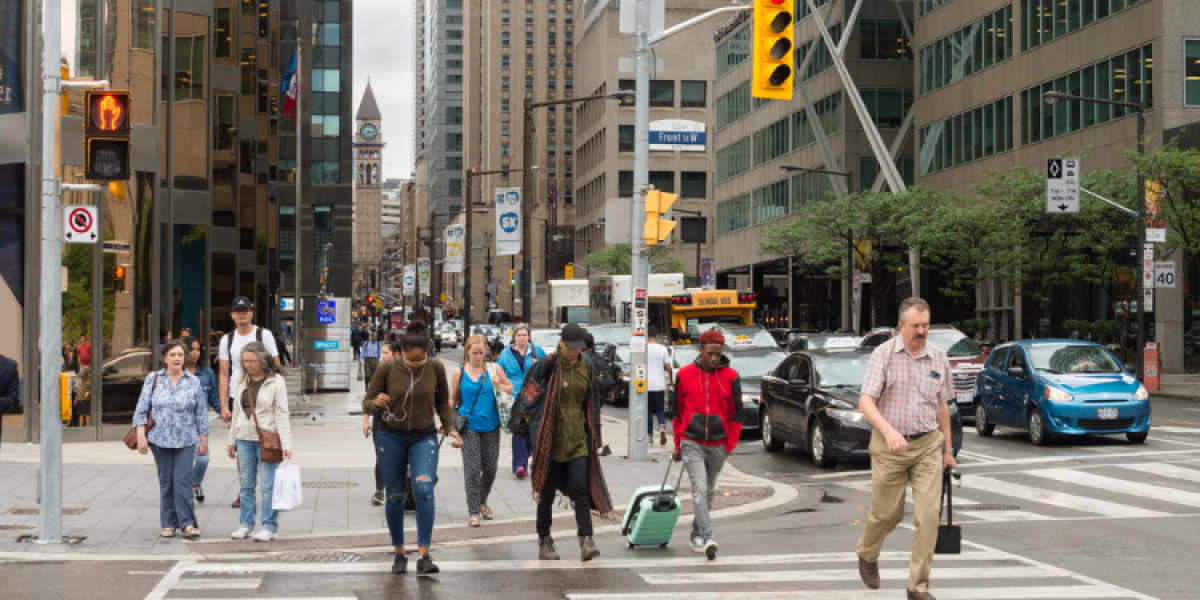
As part of its Immigration Levels Plan 2023-2025, Canada is trying to attract more immigrants from the Indo-Pacific region. Most recent immigrants have come from three countries in the region: India, China and the Philippines. In the next 5 years, Canada will invest an additional $75 million in trade, visa processing and educational exchanges with the Indo-Pacific region.
Why is the Indo-Pacific region so important for Canada's immigration goals?
The Indo-Pacific region is a large geopolitical area encompassing the countries bordering the Indian Ocean and the Pacific Ocean. It includes many countries in Asia, East Africa, the Middle East and Oceania – although some people focus more on Asia and Oceania in their definition of the region. Canada's new strategy also seems to have a narrower focus on Asia. Some major countries in this narrower Indo-Pacific region are India, China, South Korea, Indonesia, Thailand, Singapore, Malaysia, the Philippines, Taiwan and Vietnam.
Canada's Immigration Levels Plan is targeting 465,000 new immigrants in 2023, 485,000 in 2024 and 500,000 in 2025. This target is expected to either stay the same or grow after 2025. These large numbers of skilled immigrants are crucial to solve the labor shortage in the country. From which countries do these immigrants mainly come? Canada's IRCC (immigration authorities) cited in a press release on November 30 that in 2021, 44% of all new immigrants came from India, China and the Philippines. Not only that, but an astounding 65% of international students in Canada also come from the Indo-Pacific region.
These countries, especially India, China and the Philippines, have large populations of young, university-educated or skilled young people in their 20s and 30s. The median age in Canada in 2021 was 42, while it was 29 in India and 26 in the Philippines. China has a more aging population, but the sheer size of this population (nearly 1.5 billion) makes it have an enormous pool of skilled middle-class workers, about 700 million.
These populations represent a great pool of human capital for the Canadian economy. They are often trained in fields essential for the Canadian economy. The Philippines provides many registered nurses to various countries, for instance. Indeed, the provincial government of Alberta recently signed an agreement with the Philippines to create an immigration pathway for their nurses.
Other factors are working in favor of Indo-Pacific immigration to Canada. Notably, the restrictive Covid lockdowns in China have made emigration rates from the country skyrocket. As reported by Global News, Chinese immigration to Canada is up by 15% in July-September 2022 compared to the same period in 2019, before the pandemic. Nine thousand nine hundred twenty-five permanent residents from China were admitted in these three months of 2022.
What does the new Indo-Pacific Strategy consist of?
As seen above, the Indo-Pacific region is the main source of skilled immigrants for Canada. This is why on November 27, the Minister of Immigration, Refugees and Citizenship, Sean Fraser, unveiled the new Indo-Pacific Strategy. This strategy will invest nearly CAD$75 million in visa processes, educational opportunities and trade relations with countries of the region.
The strategy will invest more in visa-processing facilities in the following Asian cities: Delhi and Chandigarh in India, Islamabad in Pakistan, and Manila in the Philippines. The Indian Ministry of External Affairs recently met with Canadian consular representatives to discuss the visa backlog plaguing the Canadian immigration system. The Indo-Pacific Strategy is bringing a concrete solution to this problem.
In India, apart from the capital of Delhi, why was Chandigarh, which is in the state of Punjab, targeted? There are nearly 1 million Punjabis in Canada, and they constitute around 2.5% of the Canadian population, according to 2021 census data. Increasing and speeding up the processing of permanent residence permits in this specific immigration hotspot makes sense.
The Indian Express reported that Punjabis were cheering the addition of 16 new occupations to the list of jobs eligible for Express Entry. Gurpreet Singh, a consultant in Punjab, told the newspaper that there are many professionals in healthcare, transportation and construction in his state who cannot afford to migrate to Canada via higher education but are eager to enter via the Express Entry work route. A teacher, Nishant Kumar, said that there are thousands of unemployed teachers in Punjab who are also eligible.
The New Pacific Strategy does not restrict itself to work visas – it also plans on increasing educational opportunities, as international students who choose to remain in Canada after graduating are also an important source of labor. Increased funding will be allocated to the Canada-ASEAN scholarships and Educational Exchanges for Development (SEED) program. These offer funding of up to a year to undergraduate, graduate and research students from Southeast Asian countries at Canadian institutions.



















